This is Rachel. If you haven’t already made her acquaintance, she’s something of a hen starlet on my Facebook page where she is featured daily in all her fluffy cuteness. Rachel is a bantam frizzled Cochin. Cochin is her breed, bantam describes her miniature size and frizzle describes her unusual feathers. Genetics cause frizzled feathers to grow out and curl away from the body instead of growing flat and smooth following the body contour. Frizzle is not a breed, it is a genetically programmed feather type.
Cochin is her breed, bantam describes her miniature size and frizzle describes her unusual feathers.FACTS ABOUT FRIZZLED CHICKENS:
- Frizzles are most commonly found in the following breeds: Polish, Cochin, Plymouth Rock, Japanese and Silkies (Silkie frizzles are referred to as Sizzles)
- Frizzled feathers curl out and away from the skin instead of laying flat against it.
- Frizzles cannot fly and may find it difficult to roost if the roosts are positioned too high above the floor.
Frizzled feathers provide less protection from the cold than smooth feathers as it is difficult to trap warm air against their bodies with backwards-facing feathers. Frizzled genes are dominant. A smooth-feathered bird bred to a frizzled bird will result in 25% of the chicks possessing frizzled feathers.
Bantam Cochin Frizzles Monica, Rachel & Phoebe at 6 weeks old.Breeding a frizzled bird to another frizzled bird is undesirable due to the chance that the mating may produce “curlies,” an over-frizzled bird with feathers that are weak, brittle and break easily. (think: chicken with a really bad perm)
White bantam Cochin chicks Female with frizzled feathers on left. Male on right.



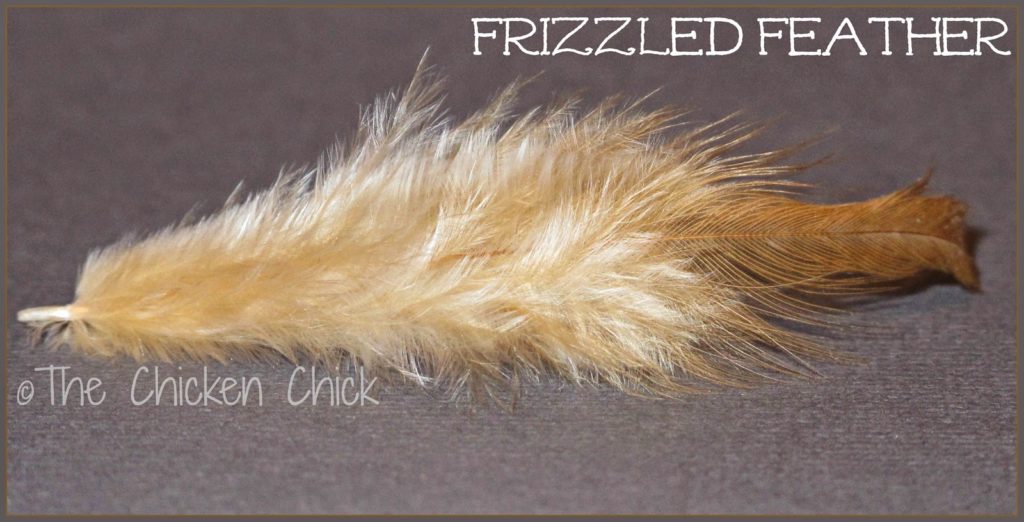
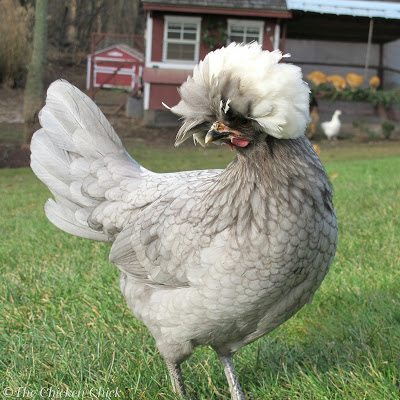
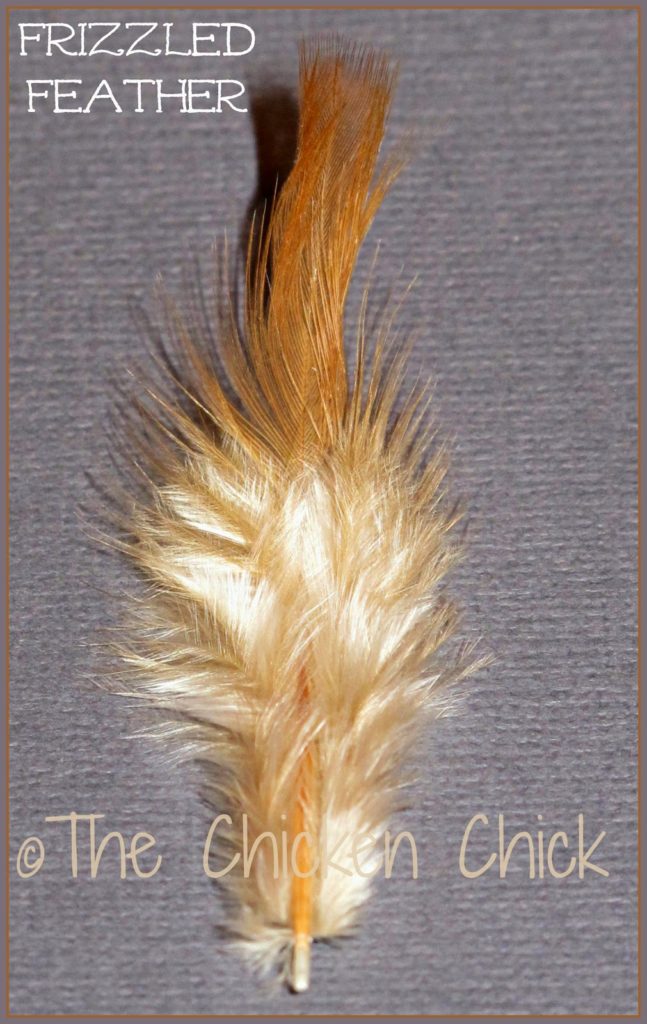
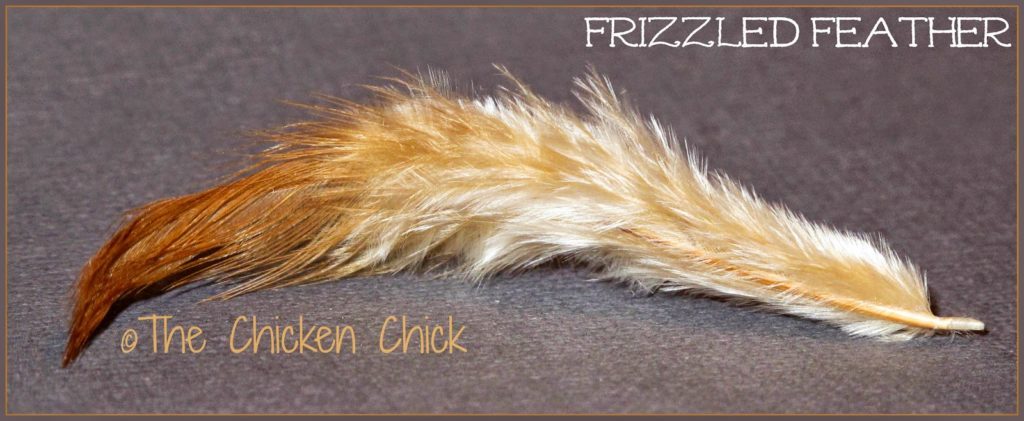
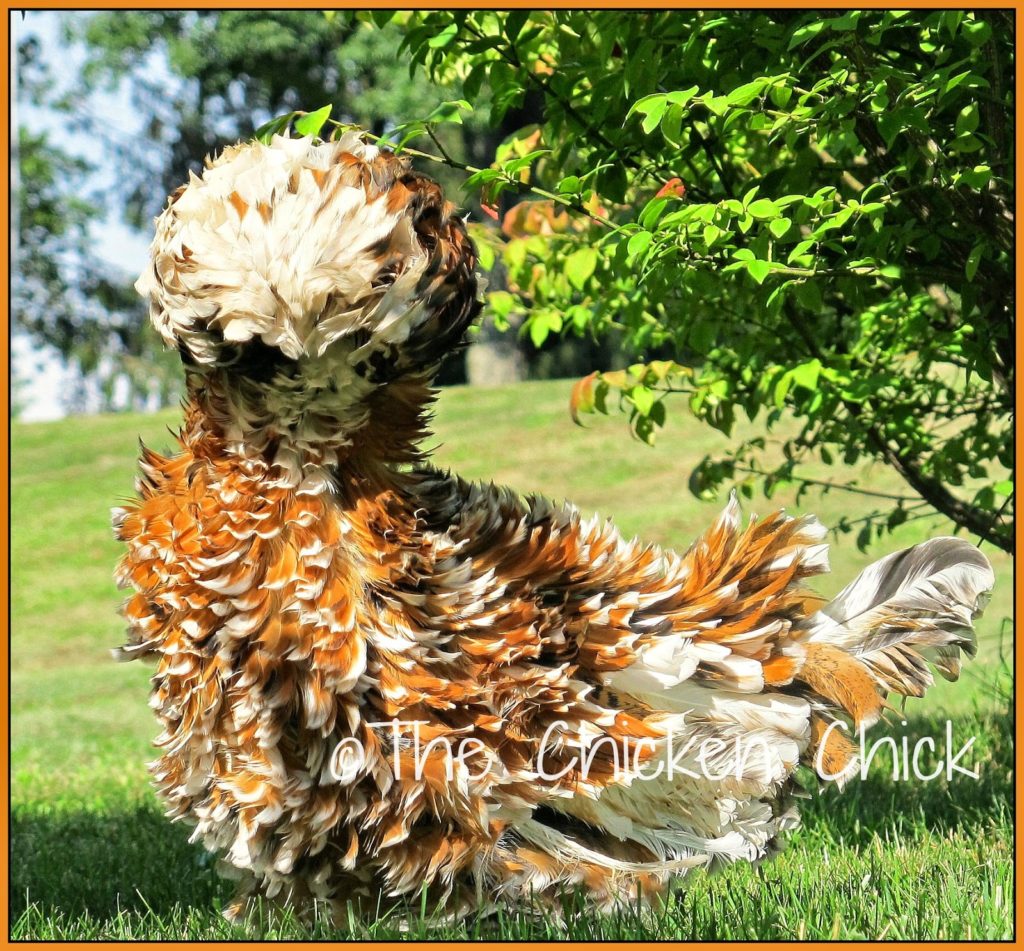
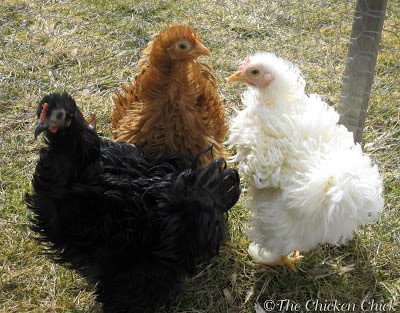
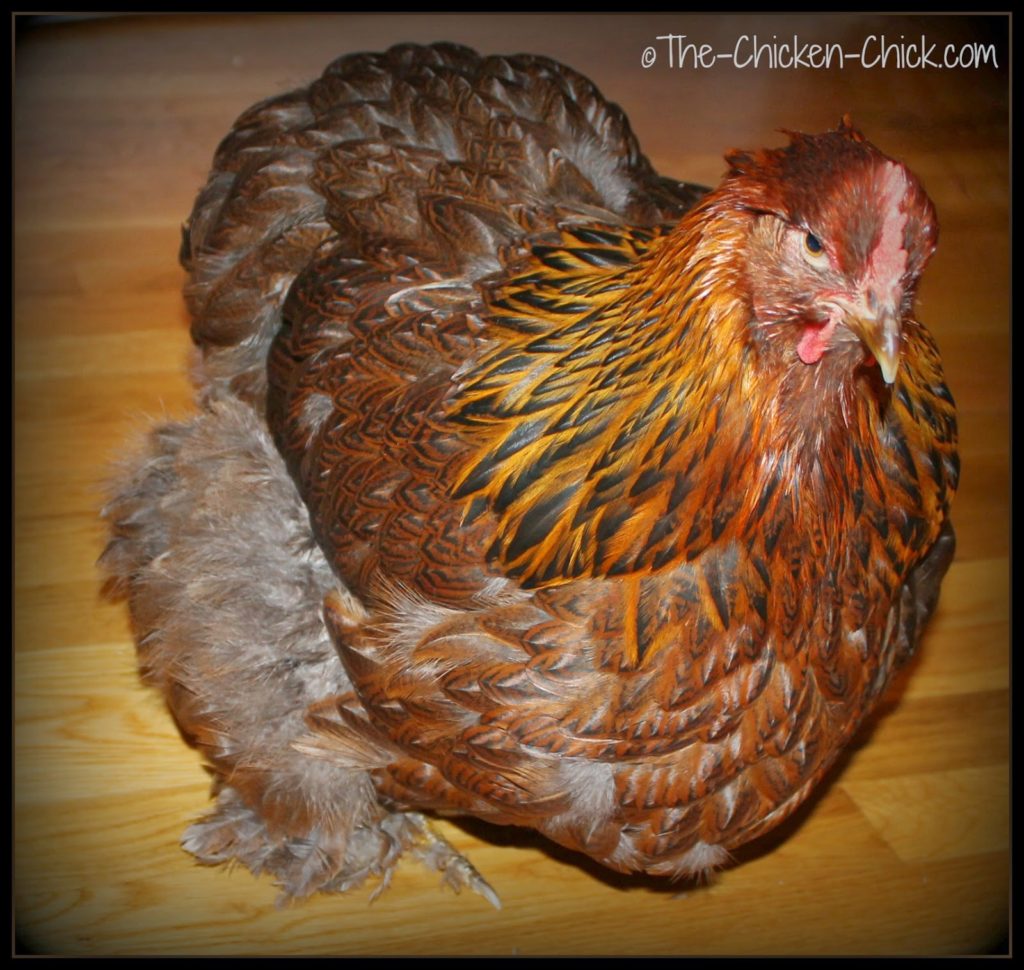
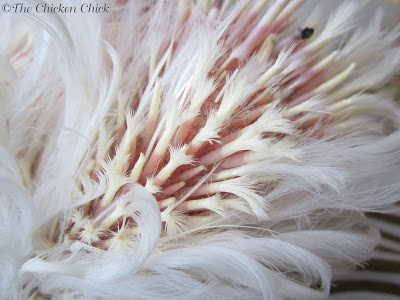
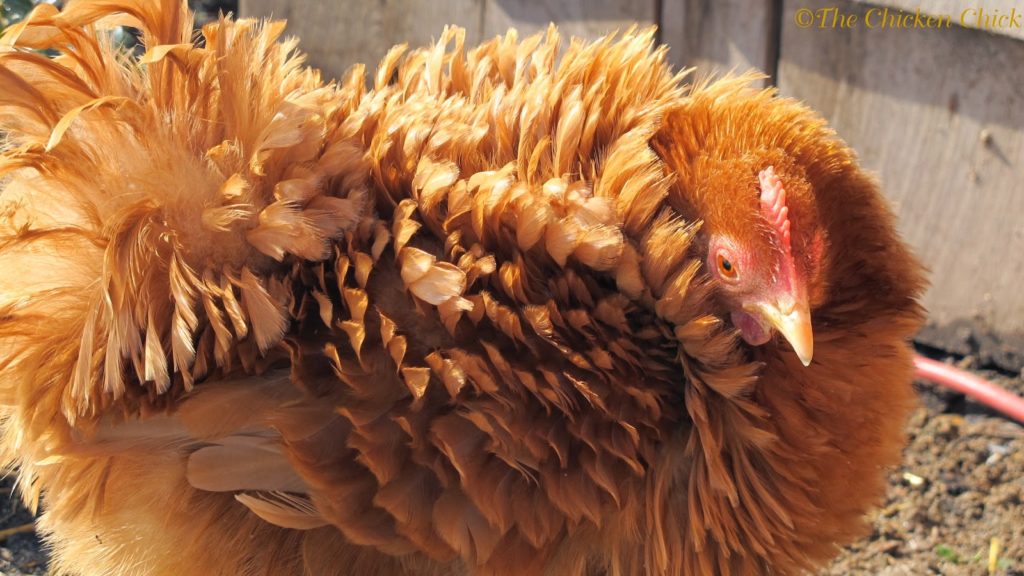



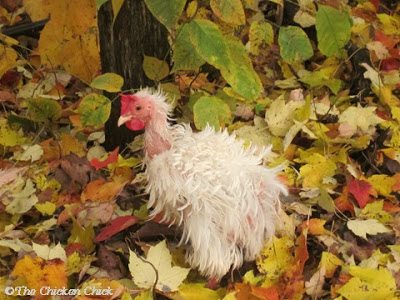
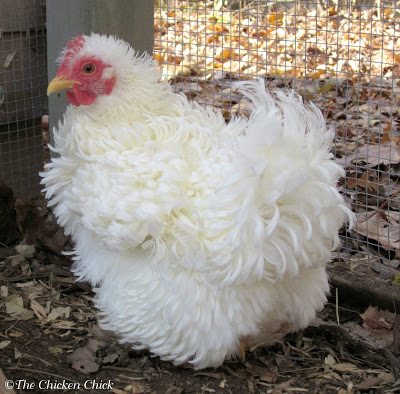
























A frizzle like Rachel is on my list for my chicken math and Calista or Ally. My question is, do you bath your white chickens? I have a white with black EE and she always seems a bit dirty? Just from dust etc ?
We lost our frizzled hen last winter from hypothermia. Just got too cold for her here in the NW part of Washington State. Feel terrible we didn't know this could happen.
I had a Frizzle Rooster and he was something else he would attack me every chance he got….needless to say he got re-homed. I stuck with Cochin Bantams and Silkies ever since.
I love my Frizzles! My 2 babies are about 8 weeks, & then I have Ross, who I consider to be Rachel's long lost love. He is the sweetest boy ever!
I just hatched some Tolbut Polish from Louden Farms, hoping for a few frizzles, they are adorable!